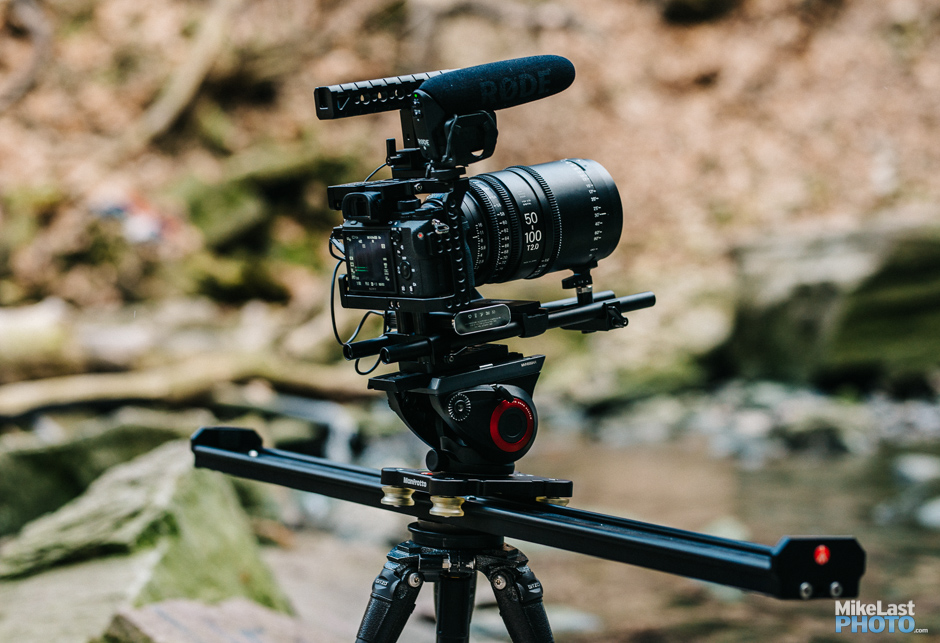


Just recently, Zoom posted this announcement on their user profile page:

Receiving 1080p HD video requires 1.8 Mbps (up/down).600kbps (up/down) for high quality video.Recommended bandwidth for meetings and webinar panelists: For 1:1 video calling: It will automatically adjust for 3G, WiFi or Wired environments. The bandwidth used by Zoom will be optimized for the best experience based on the participants’ network. Zoom’s website has this to say about bandwidth requirements: Zoom video conferencing is currently one of the most popular conferencing applications and it allows you to connect with voice only (VoIP) or voice with video. More people are working remotely now more than ever due to COVID-19, and many of these people are required to have a good Internet connection to collaborate with their peers over a video conferencing application. We recommend starting with our Home Office plan, or you can check out or Work-From-Home plans that are specifically designed to provide you with an equal amount of upload and download speeds. Data and Bandwidth Requirements for Zoom Video Conferencing


 0 kommentar(er)
0 kommentar(er)
